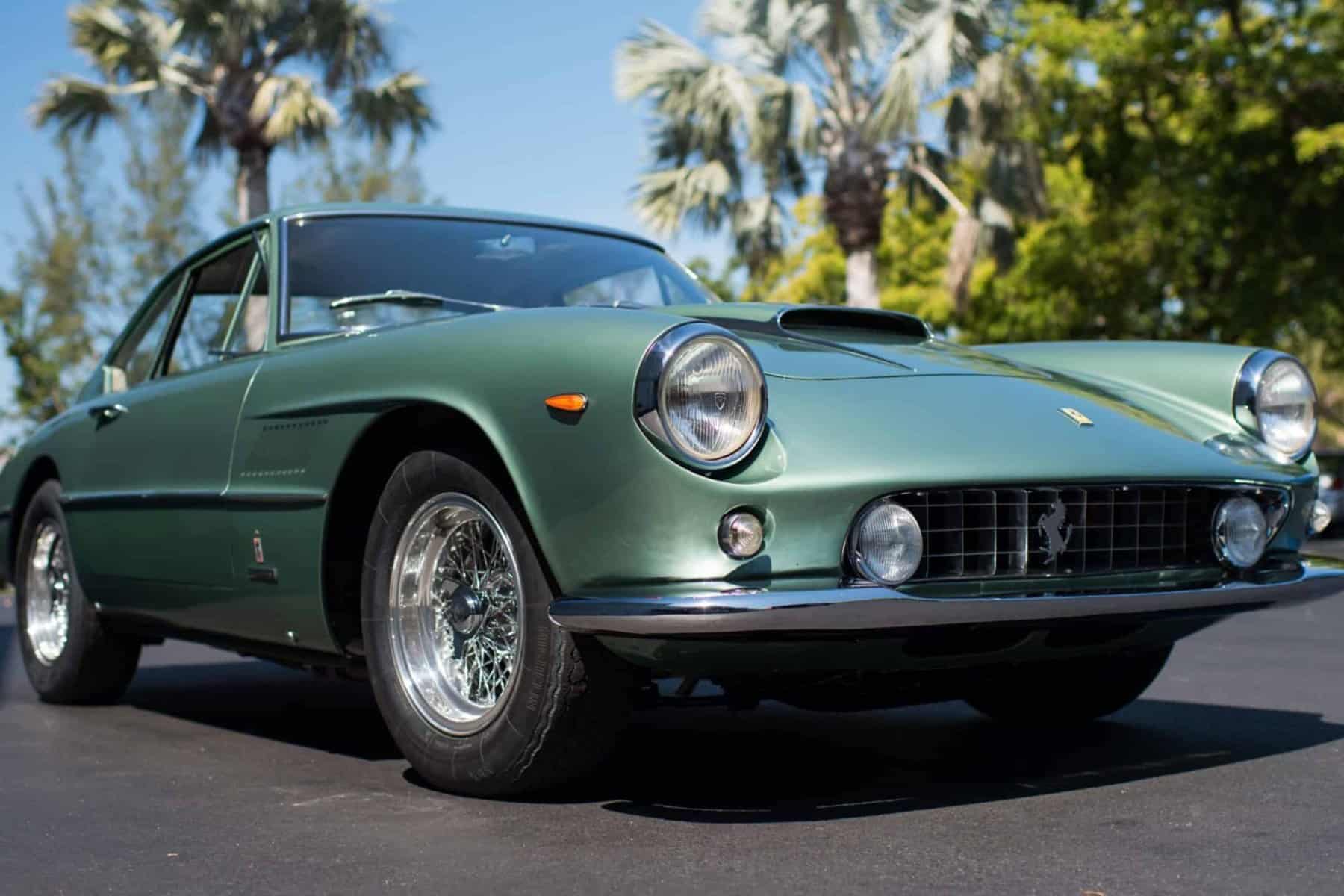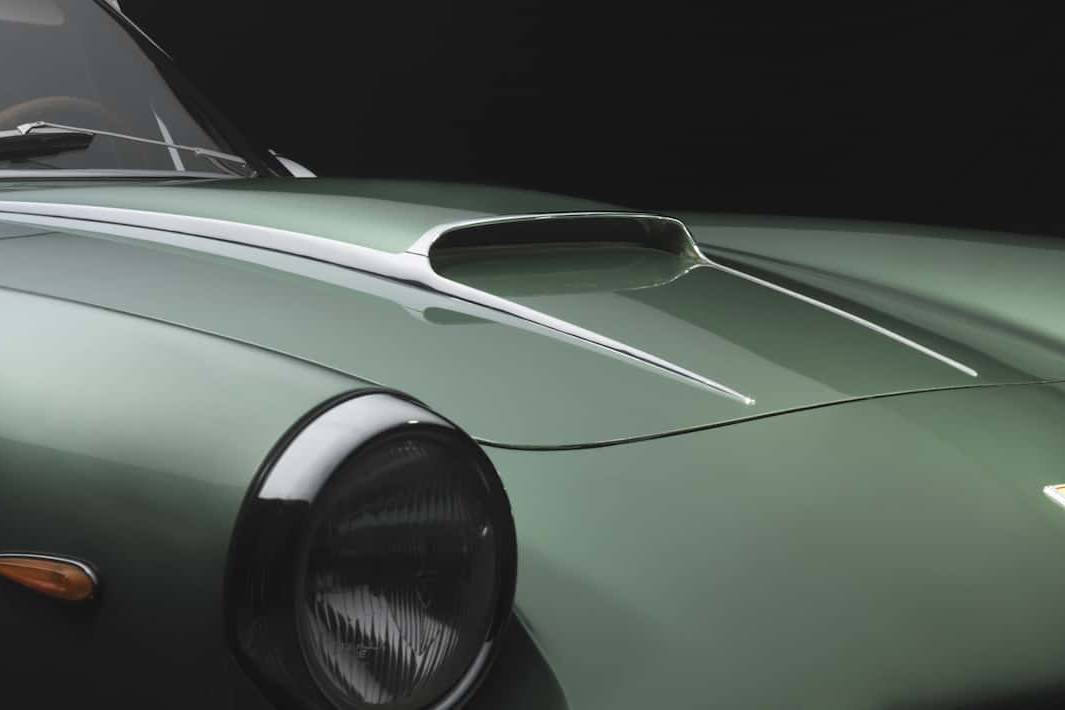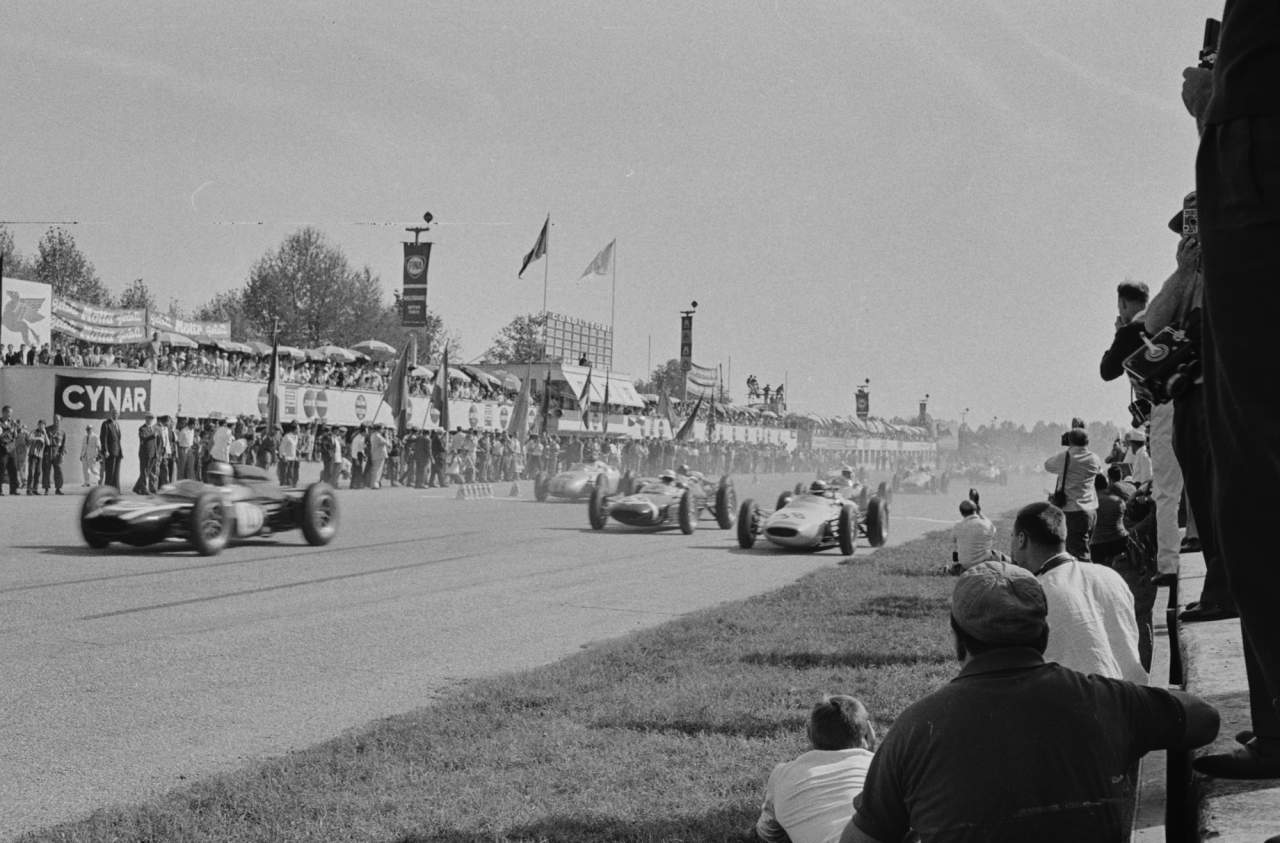
Tragedy Within Triumph: Hill and Andretti at Monza
America's only Formula 1 champions each experienced tragic loss on the day of their biggest victories
BY: JOHN LAMM
PHOTOS: ERIC DELLA FAILLE PHOTOGRAPH COLLECTION, REVS DIGITAL LIBRARY
It was such a strange scenario. In the seven decades of the Formula 1 World Driver’s Championship, U.S. citizens have won it only twice — Phil Hill with Ferrari in 1961 and Mario Andretti with Lotus in 1978, the last 41 years ago.
And the circumstances under which they clinched their championships were tragically similar. This intertwining story involves the same day of the same month (September 10), the same racetrack (Monza in northern Italy) and the same run-up to the same sad finale.
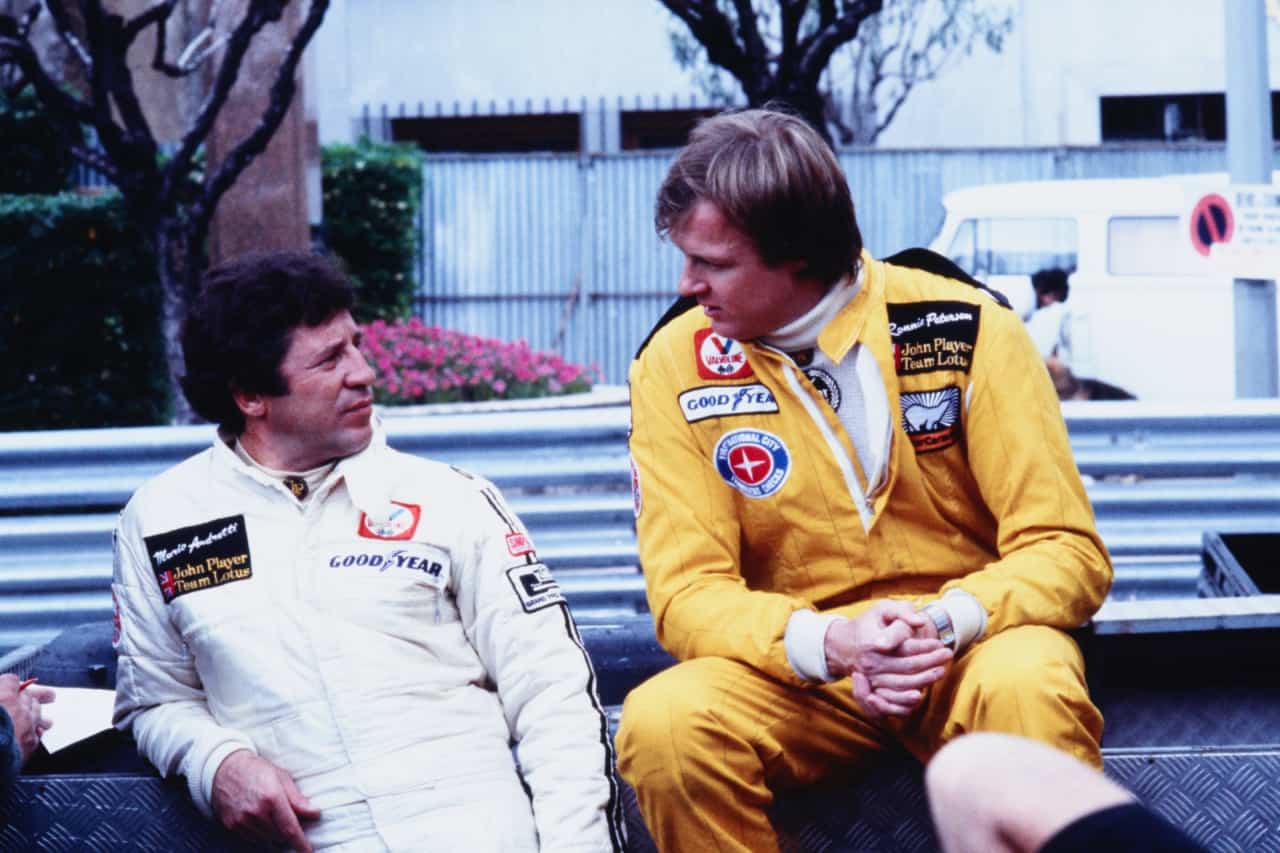
In their championship campaigns, Hill and Andretti each had season-long battles with a teammate: Hill versus the German Count Wolfgang von Trips (or “Trips,” as Phil simply called him), Andretti with Sweden’s Ronnie Peterson. Chillingly, both of their teammates died as the result of accidents within the first two laps of different editions of the Italian Grand Prix.
Shortly after Mario won his title, Phil and I met him in Ontario, California, then home to Ontario Motor Speedway. We were in a car, Mario driving, Phil also in the front seat while I sat in back, holding the tape recorder as the two Formula 1 champions talked about their titles and the tragic similarities of the circumstances in which they were won.
Part I: September 10, 1961
The drama for Phil Hill began well before the race at Monza. He knew the 1.5-liter V-6s in von Trips’ and his Ferraris were susceptible to valve problems if held at high revs for a long period of time. Pre-race testing had put the engines in that fragile state, so Hill wanted his engine replaced. Enzo Ferrari didn’t want to do it, but Hill didn’t back down.

“I insisted my engine be changed,” Hill said. “We stayed at a small country hotel, and knowing the little things that can go wrong in an engine swap — throttles not right when carburetors have to be quickly changed from one engine to the next — I was up at 6 a.m. the next morning to drive the car, to run things in a bit and try some standing starts.” He wanted to be certain that the problems he had been experiencing were solved.
“Right from the start of the race, I knew the engine had been the problem, because the car was its old self,” he said. “I was leading before the end of the first lap, only to come around on the second and find waving yellow flags, debris and an upside-down Ferrari.”
Von Trips had led the championship standings going into Monza, but on lap two, his Ferrari touched Jimmy Clark’s Lotus. The German driver’s car shot up an embankment and into the crowd, killing 15 spectators, before flipping back onto the track, tossing him out.
“How did I react?” Hill asked. “I didn’t know whose car it was until I came around and Trips’ number was missing from the pit sign. And then I didn’t dwell on it. I’d seen so many accidents in which the car was wrapped up like a pretzel and the driver had walked away.”

As the race progressed, Hill had other worries, watching his teammates disappear one-by-one from the list, wondering if their engines had failed and if his would be next. [Editors’ note: The other Ferraris did drop out with engine-related issues.]
“I was walking on eggshells, trying to win at the slowest possible speed and being as gentle as I could with the engine,” Hill said.
“When the race was over, the first thing I asked Chiti [Carlo Chiti, the Ferrari’s designer and team manager] when I got to the pits was, ‘How is Trips?’ There was sort of a guilt hanging on his face when he caught my eye, and he quickly sort of glanced away. At that instant, I knew Trips was dead. And yet seconds later he said: ‘He’s all right. Go on, ride the car up to where they want it.’ He tried to fake it and just wanted me to get up to the winner’s stand to enjoy the victory.”
That would never really happen. There was no party that evening. And in the morning, for Hill anyway, the happy feelings, almost disbelief, that he’d won the championship were countered by von Trips’ death. There was the funeral to attend, including the long, slow walk from von Trips’ castle to the cemetery. In the end, there never was a celebration.
“It may sound foolish now, but somehow I felt too involved in the death of Trips,” said Hill, always a deeply introspective man. “I wasn’t, of course, just another driver of another car. What I probably felt was that with all the lauding, there should also be some kind of guilt over it. I probably felt that it was appropriate to feel this guilt and not be bold and say, ‘Well, he screwed up.’ ”
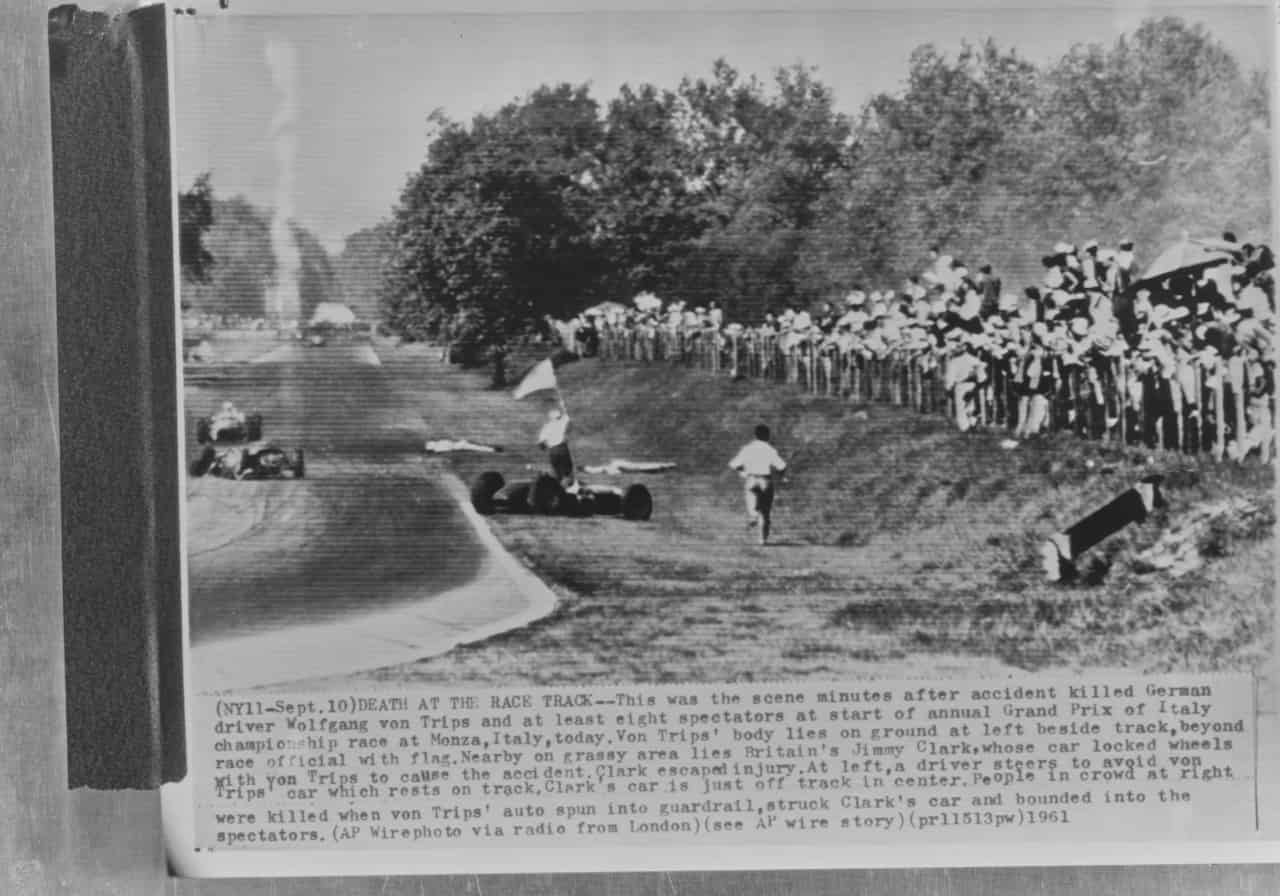
Ferrari didn’t race in the U.S. Grand Prix at Watkins Glen in 1961, and it also bowed out in 1962, so American fans never saw the famous shark-nose Ferraris race in the U.S., a great disappointment to Hill. Worse yet, Ferrari destroyed all those distinctive, twin-snout Grand Prix cars. Hill, a Californian, had spent many years racing in Europe during a deadly time in the sport’s history. When he finally had his hard-won title, he wanted to share it with his countrymen with the winning car. And that was denied him, something he regretted the rest of his life.

Part II: September 10, 1978
Locked in a battle with teammate Ronnie Peterson for the World’s Driving Championship, Mario Andretti in his Lotus and Canadian Gilles Villeneuve in a Ferrari were on the front row for the Italian Grand Prix. Peterson had qualified for the fifth spot in the second team Lotus. The start was a bit confused, and the cars funneled into a jam as they approached the chicane at the end of the front straight.
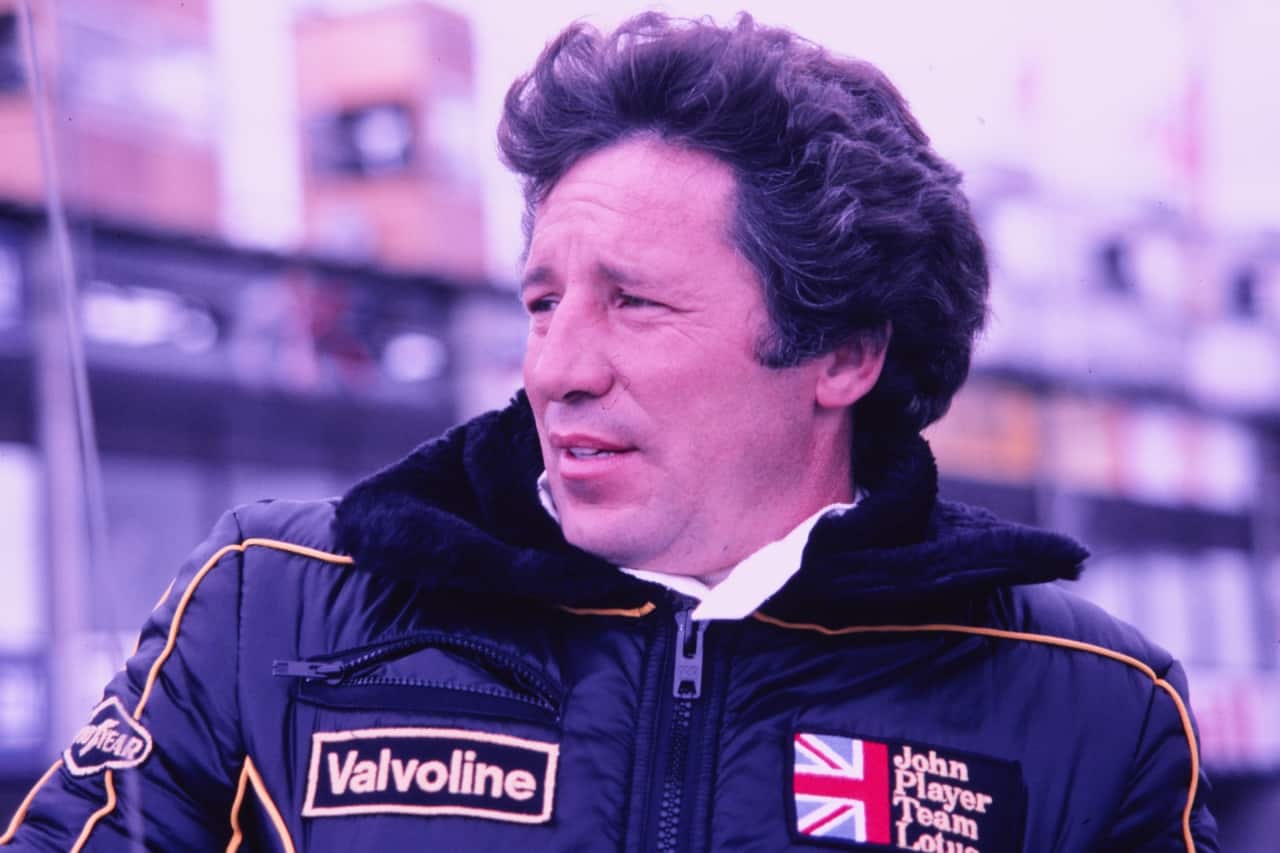
Peterson’s car was pushed into the guardrail on the right, where its front end was crushed. A total of 10 cars were involved, with Peterson’s catching fire. James Hunt, the Englishman with the well-earned reputation as a playboy, is credited with pulling him from the wreckage.
The race was immediately stopped. Andretti, during that Ontario interview with Hill, described getting back to Peterson at the scene of the wreck, “I saw him. He was conscious and didn’t look badly burned. He looked badly broken up, but I figured one thing that can mend on a young man is bones.
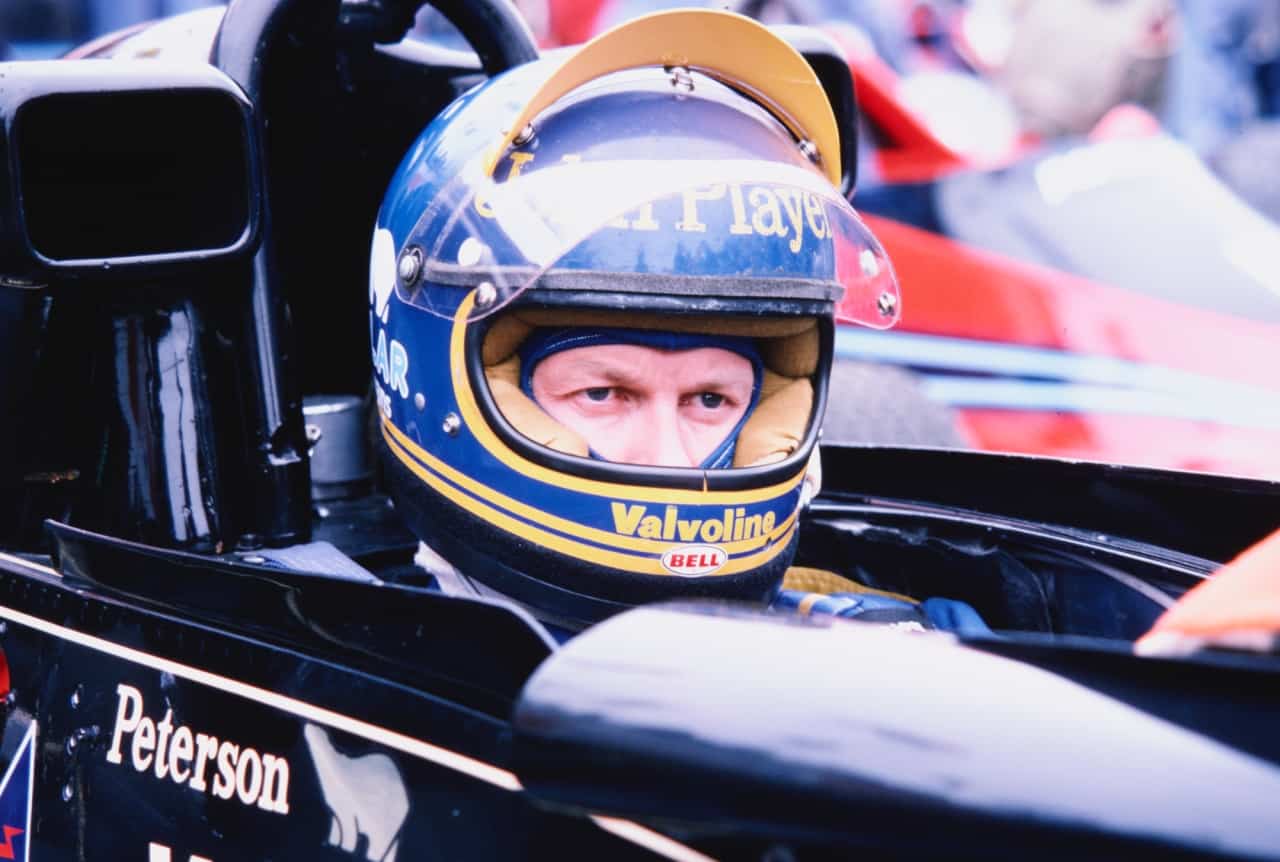
“So I felt no matter how bad, his long legs, they’ll put them right. I felt really, truly, sincerely sorry, even though he was the only one that could have contested my situation. I figured now he’s gonna watch the rest of the races on crutches, and I’m gonna have to heckle the s**t out of him and that sort of thing. I was just trying to think of the light side.
“Even though I felt okay — It’s only an injury, he’ll be on crutches for a couple, three months, and then he’ll be all right, I, honest to God… there was something in the back of my mind. I had a big lump of worry. There was something bigger. You know what I mean?”
After a long delay, the race was restarted, and Andretti finished fifth, good enough to take the title. Then it was time to tend to Peterson.

“We rushed from the track, over the crowd to the hospital with Colin [Lotus founder Colin Chapman],” Andretti said. “The decision was already made by his business manager to go ahead and operate.
“We had Professor [Sid] Watkins, who follows all the Formula 1 events, and Dr. Rafael [Rafael Grajales-Robles of Panama], who was for a long time Emerson Fittipaldi’s personal friend and physician. They were assisting, and coming in and out to keep us informed as to the progress. The biggest problem and concern was to restore circulation to his right foot, which was badly, badly mangled.
“About midnight, they came over and assured us that everything possible, in their opinion, was being done. Watkins said: ‘What the hell? There’s nothing we can do now, so you might as well get some rest. They’re going on the easier part, his left foot, which just straightforward fractures. But they’re nothing really shattered.’”
Andretti returned to his hotel that evening thinking that his teammate was on the road to recovery. He tried to raise the spirits of Chapman, who was taking Peterson’s injury hard, and the two discussed possible replacements for the injured driver to finish the season.

The following morning Andretti got a call from Fittipaldi informing him that Peterson’s condition had worsened and that the injured driver was in critical condition. Still, he was optimistic about his teammate’s chances, but he quickly headed to the hospital to pay him a visit. By the time he arrived, Ronnie Peterson was dead.
“I tell you, that one, I couldn’t accept for a long time,” Mario said later. “I just couldn’t accept it. I thought, what a damn waste.”
The loss was particularly heartfelt because Andretti had grown very close to Peterson and his family.
“Ronnie was one of the best friends I ever had in my life in or out of the car,” he said. “Our families spent time together. I stayed at his house, and he stayed at my house. We played tennis together. We’d water ski. We just enjoyed each other’s company.”
When we think of the celebrations that follow winning a Formula 1 championship these days, it’s easy to get caught up in the delight of the moment. For example, who can forget the warmth of the 1982 champ Keke Rosberg with this son, Nico, after the younger man won the 2016 title?
This era of blessedly safer race cars seems so divorced from what Hill and Andretti went through. Perhaps the sport of Formula 1, which took so many lives over so many years, has finally reached its own age of innocence. That perspective, that sense of sacrifices made, is important to consider as we celebrate America’s two world champions, Phil Hill and Mario Andretti, and what they achieved at Monza — our All-American heroes.




